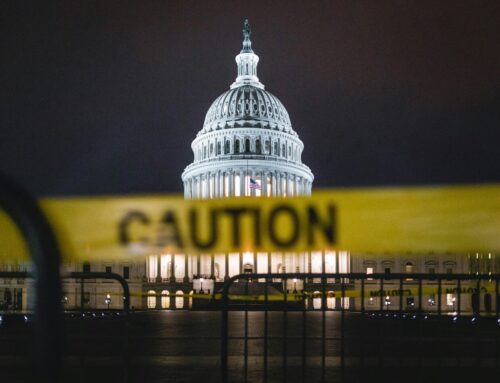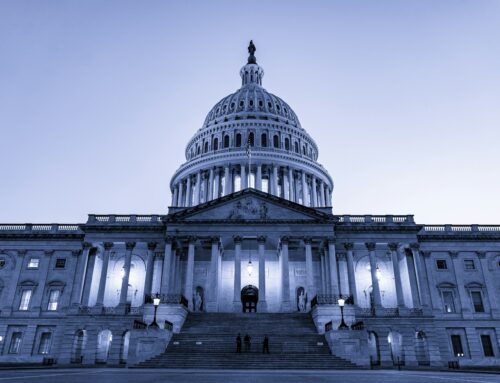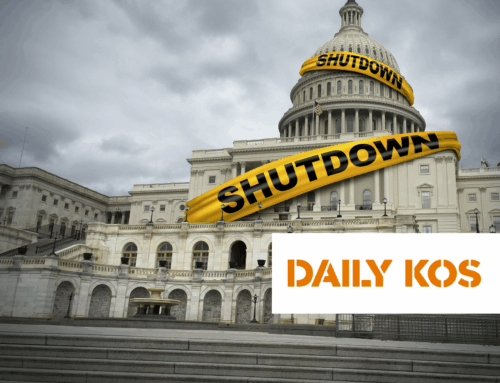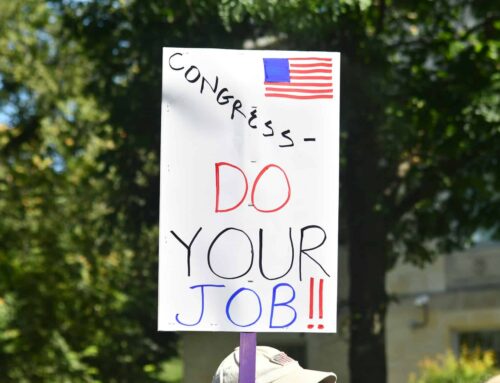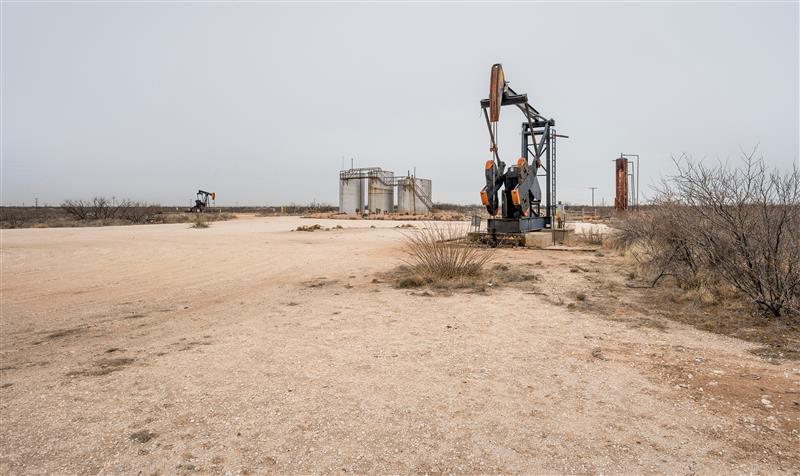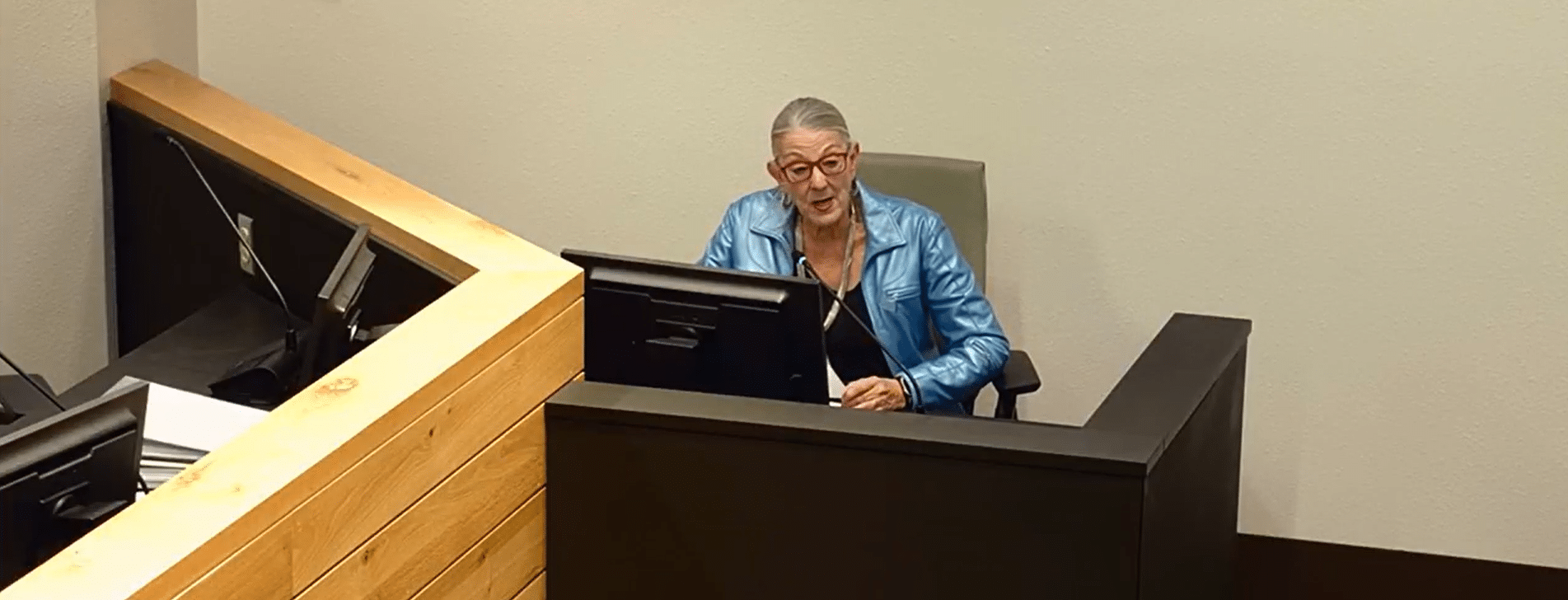The election system that serves our military and other citizens serving away from home is in shambles. In the most recent national election in 2006, just 5.5 percent of such people voted, according to a report by the U.S. Election Assistance Commission (EAC). Compare that to an overall 2006 voter turnout of 48 percent (which is still too low).
But the report also indicates that the low turnout in the overseas group is not for a lack of trying or money. Unsurprisingly, it looks like the various military and other bureaucracies in charge of making sure our most dedicated public servants can select their elected leaders are falling short. Not only are millions of U.S. citizens effectively being shut out of participating in their democracy, we’re wasting millions of dollars in taxpayer money in the process.
Congress has been trying to fix the problem by directing the Department of Defense (DOD) to come up with a better fax and email system to facilitate a more simple remote voting method. But progress has been pathetic. Snail mail absentee ballots for these voters has been in place for a while, but in 2000 DOD launched a pilot program that investigated using an electronic email/fax combination. In 2004, 17 people received ballots through the system at a total cost of $576,000; in 2006 DOD reported eight ballots cast at a cost of about $1.1 million. Not exactly cost-effective.
The Government Accountability Office (GAO) estimates that there are 6 million people who fall into the category covered by the Uniformed and Overseas Citizens Absentee Voting Act (UOCAVA). These include overseas military and their families, civilians working overseas, as well as military and civilians working in the U.S., but whose work requires them to live where they are not registered to vote. In addition to the failed electronic system described above, UOCAVA-related voters are able to utilize the more traditional mail absentee ballot method to vote. However, especially for the military, the logistical hurdles have resulted in very low voter participation. An individual has to request a ballot from the appropriate source by the deadline, receive it, fill it out correctly, and return it in time for the vote to count. According to the EAC report, in 2006 less than 1 million of the UOCAVA-eligible people requested an absentee ballot, and of those, only 264,000 ballots were actually cast in the election.
These are not new problems, according to recent studies. But in this digital day and age when people can safely file their local and federal income taxes from their home computers, it’s a disgrace that some of the most dedicated of our citizens are effectively disenfranchised at the ballot box by an archaic system.
DOD claims it can’t implement a new email-based system until the EAC writes their guidelines for Internet based voting.
In other words, millions of people, who in many cases are putting their lives on the line for the rest of us, continue to be denied the ability to choose their Commander-in-Chief and other leaders. There is no excuse for DOD and federal elections officials wasting millions of dollars in failing efforts to cost-effectively construct an electronic system that allows military and civilian public servants to safely and securely participate in electing their leaders.


